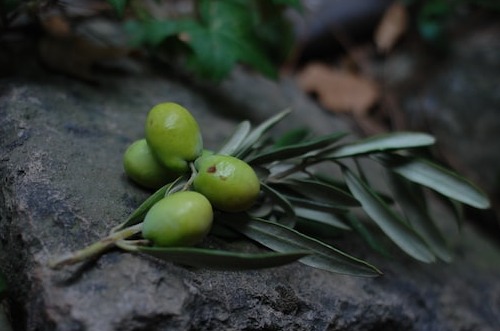W27: Olive & Olive Oil Update

In W27 in the olive and olive oil landscape, instability and uncertainty in the weather conditions continue to affect 2024's crops in the production area of eastern Spain. Hail storms during W25 are expected to affect the loss of 20 thousand hectares (ha) of citrus, almond, persimmon, and olive crops. Moreover, in Andalusia, the largest olive oil-producing region in the world, olive trees have reached the pit-hardening phase of their development, but the presence of olive fruit flies has surged across the region. Recent rainfall in Andalusia is unlikely to improve the outlook for a poor harvest in Spain, as it has created favorable conditions for the proliferation of olive fruit flies. Surveys conducted at the end of June reveal that the province of Córdoba has experienced the most damage, with 4.6% of surveyed olives showing visible bites from olive fruit flies. In Jaén, the largest olive oil-producing province in Andalusia, authorities saw a decrease in olive fruit fly bites, with a mid-month survey finding 2.6% of fruits damaged and the end-of-month survey showing 2.04% with damage. The province of Cadíz has also seen a concerning increase in olive fruit fly damage, while the province of Seville experienced a slight decrease.
Meanwhile, in Italy, early indications suggest abundant flowering and optimal fruit set for the 2023/24 olive crop. However, challenges such as potential olive fruit fly infestations and extreme weather events in the coming weeks are expected. In the southern region of Basilicata, which has a significant olive orchard presence, heavy rainfall and hailstorms have severely impacted farmers. Current estimates indicate that Basilicata's olive oil production potential for the next crop year has been reduced by at least 50%. This region typically contributes around 2.5% of Italy's annual olive oil yield.
In Brazil's Campanha region, olive producers in the administrative region of Emater-RS/Ascar de Bagé are currently conducting training pruning in young orchards and production pruning in older orchards aged four years or more. The temperature increase, reaching peaks of around 30°C in June, has prompted the emergence of inflorescences in the Koroneiki cultivar on some properties. This situation raises some concern, as intense cold events can still occur until mid-September and, consequently, compromise the potential of this cultivar, which has stood out as one of the most adapted and productive in the State.




